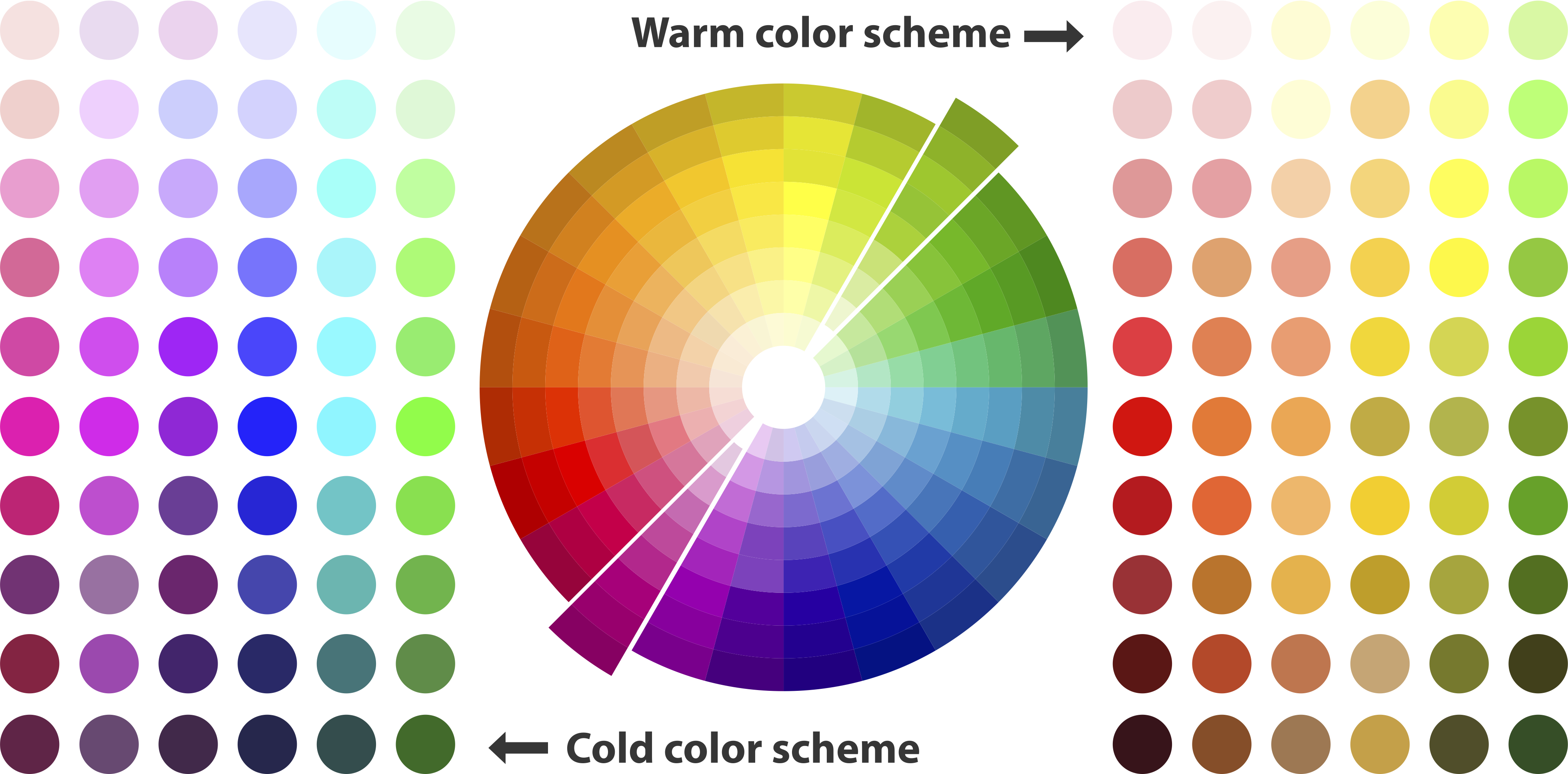How To Find The Best Colours For Warm and Cool Skin Tones
We had a look at why colour matters and what difference it can make to you, both in the way you look and also the way you feel.
We also had a brief look at what happens when we age…do we need to change the colours we wear to suit our new hair colour, or can we carry on wearing the same colours.
In this second part in the series, we’re going to take a quick tour of colour theory! Don’t worry, it’s going to be very easy to understand, and will help you with thinking about your own skin tone.
So, let’s dive in.
What Does It Mean To Have A Warm Or Cool Skin Tone?
If you cast your mind back to primary school art lessons, you may remember learning about the primary colours, red, blue and yellow.
These three colours are the basis for pretty much every other colour that exists. They can be mixed in various proportions, together with black and white, to make the myriad of colours we know of today.
The basics of colour theory are that warm colours are those that have more yellow in them than blue. Cool colours have more blue in them than yellow.
An easy way to remember this is that the sun is yellow so warm colours are yellow based, and cool colours are like water, so think of all those cool tones that go with water.
Our skin tones fit into one of these, and so we either have a warm or a cool skin tone. We’ll look into how to identify our own skin tone in part 3.

The Four Seasons
We can then break the colours down further into seasons. So the warm seasons are Spring and Autumn and the cool seasons are Summer and Winter.
These are characterised as cool or warm according to the definition we’ve already talked about i.e. they either have more blue in them or more yellow. The colours with more blue are the cool colours of summer and winter. The colours with more yellow in are the warmer colours of spring and autumn.
So once a colour has been classified as cool or warm, we then break them down one last time into either bright colours or more muted colours.
The warm seasons are spring and autumn.
Spring colours are bright and clear colours
Autumn colours are soft and muted.
The cool seasons are summer and winter.
Summer colours are soft and muted
Winter colours are intense and dramatic.
The seasons that we use to tone with our differing skin tones follow the seasons of the natural year.
Spring
Spring colours are warm, bright, and clear. Think of the beautiful flowers that start to appear when nature comes to life again, like daffodils and tulips, azaleas and rhodedendrons, and the new growth in the grass and trees.
Summer
Summer colours are cool, soft, and delicate. It’s a bit like the bright, clear colours of spring are bleached out a little by the sun and become more muted. So think of beautiful summer flowers, sweet peas, petunias, hazy blue skies, and beautiful cool blue waters.
Autumn
Autumn colours are warm, muted, and very earthy. This is the time of year that nature is settling itself down for the winter. Leaves are dying off, giving us the gorgeous reds, golds, and oranges that we see at this time of year. There are lots of browns and earthy colours as everything goes back to the earth ready for winter.
Winter
Winter colours are clear, intense, and dramatic. At this time of year we have dark skies which give everything a dark, dramatic look. We still have bright jewel-like colours though like fushcia, forest green and royal blue, and clear, icy colours like ice blues, pinks and mints.
So that gives you a little understanding about how colours are organised and how we get to the four seasons.
Origins Of Colour Analysis
Don’t panic, I’m not going to give you a history lesson!
However, suffice it to say that over the last 250 years, various artists and scientists have worked on and discovered various things about colour, our skin tones and our personality that have lead us to where we are today.
This wasn’t a one-off discovery but more a gradual process where one person’s thoughts or discoveries were added to and built on by the next person. But over this time period, it was discovered that not only could we classify colours, but also our skin fitted into the colour characterisation.
The final piece of the puzzle was the discovery in the 1980’s that personality was also linked to a person’s colours. We now use personality as part of the puzzle of discovering the best colours for you. We’ll be looking into this in more depth in the next section.
So there we have it, a brief outline of colour characterisation and how personality is linked to our best colours.
In part 3 of this series, I’m going to take you through some steps to help you identify your own skin tone. You can read that blog post by clicking the forward arrow below. And if you missed part 1, you can find that by clicking the back arrow.
In the meantime, if you would like to know your best colours, you can book in for a Colour Analysis Session using the button below.
The Colour Analysis is done online. After clicking this button, you will be taken to my online calendar to book a slot in my diary, and then taken to Paypal to pay $250 to confirm the booking. All the details will then be emailed to you.
Until next time…



0 Comments